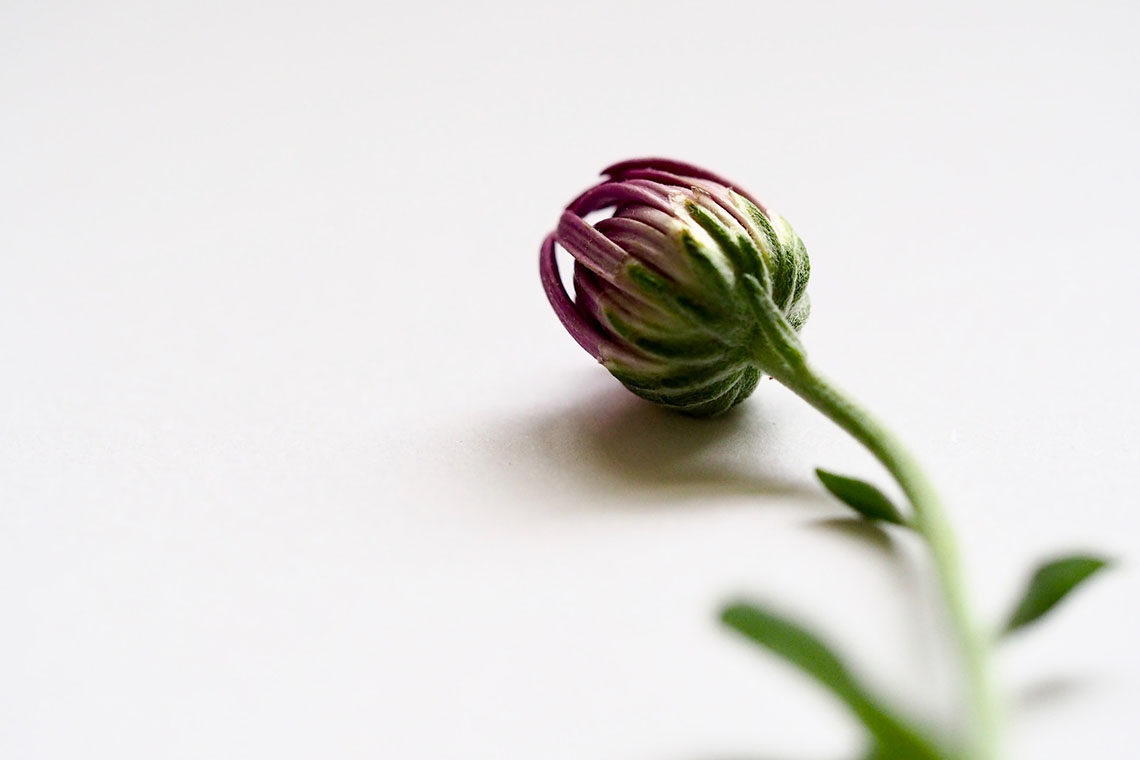
“We cannot birth our babies through sheer force of will. We need to learn the more subtle, the equally powerful, path of surrender.”
~Sarah J. Buckley
Last year I did a podcast interview where I was asked what I did to prepare for my home birth. There are a whole host of things I did, so I found it challenging to offer up a concise and articulate answer. Hence why I’m writing this post for you, which really could be a whole book but I’ll try to keep it to the point.
First things first, having a home birth was not a difficult decision for me. It was the only thing that made sense given my values, my understanding of the medical model and my general health and wellbeing. So, I won’t be covering how to make the most intuitive and informed birthing choices here.
Also, I think it’s important to note that this isn’t a prescription or step by step approach to “achieving” your desired birth. This is what worked for me and what I was guided to do and practice as I prepared for birthing at home. I trust that if you’re reading this, you will find something useful for your own journey.
One last thing, I’ve written this to be relevant to midwife attended home birth or free birth. Enjoy!
Getting an early start
I really believe you begin to prepare for your birth before you even conceive. If you’re able to conceive consciously, with particular awareness of dietary and lifestyle choices that support optimal hormonal health, you take a big step towards a healthy pregnancy and birth.
Of course you may already be pregnant so I want spend most of this post to talk about the work done during pregnancy.
Attending to the physical body
There is nothing quite like pregnancy and birth to draw us into the body. If being present with physical sensations and changes is challenging, then it’s a great time to find some embodied support.
Taking care of your ever-changing form during pregnancy is essential. There is no one right way to do this. Sometimes you’ll be able to provide this for yourself and other times you’ll need to ask for help.
Here’s what I found most useful during my pregnancy for tending to the physical body, which also supports the emotional, mental and spiritual levels.
- I continued a modified paleo diet (here is a great resource for more information) and also kept an eye on the Brewer diet checklist, which meant I included some grains and goat or sheep milk dairy.
- Lots of movement! I kept up a yoga practice that felt good in my body, occasionally going to group prenatal classes. I did a lot of squatting in my daily life and in my practice and also a lot of walking. Towards the end of my pregnancy I did more walking and less yoga.
- Almost daily, I prepared red raspberry leaf and nettle infusions. Add a handful or so of each plant into a 32 oz mason jar, fill with room temperature water and let it soak overnight. Strain in the morning and enjoy throughout the day. You can use for a second round of infusion by adding hot water and again letting it sit on the counter overnight. This is a great way to support the uterus and absorb trace minerals. Some women avoid red raspberry leaf in the first trimester so do your own research.
- I practiced resting, out of necessity and also to prepare for the postpartum time. Sometimes this included a guided meditation or self-guided yoga nidra. Deep relaxation is essential for the nervous system to integrate all the changes taking place within your being. This also leads me to my next point…
- I found ways to cultivate a feeling of safety in the body. This was often through some embodiment practice, being in nature, meditation, breathing practices and daily rituals of self care like taking a bath or giving my belly a massage with some coconut oil. What’s important here is to be willing to live into the question of what makes you feel safe and secure in yourself? Physiological birth requires a felt sense of safety. If you start to explore what this means for you during pregnancy, you may be able to gain insights into how to create a more comforting and safe environment for your birthing time.
- I got a “birth ball” early on and started using it to sit on instead of traditional seating to support pelvic alignment and core stability.
- Body work! I loved getting acupuncture, pregnancy massages and chiropractic on a very regular basis. This helps with nervous system regulation, any aches or pains that arise during pregnancy, and it allows for optimal baby positioning at the end of pregnancy and so much more.
- I also received pelvic floor work. It’s also a chance to find your pushing muscles, release fears and anxieties and have the felt experience that your vagina is totally capable of expanding for birth.
Working with the mind and emotions
Here’s the thing, supporting the physical body does support the mental and emotional layers as well. However, there are some things that really are more targeted towards the mind and the emotional body. You may already have some ideas of what works for you so keep that in mind as you read on. Here’s what was important for my own process:
- Journaling. I used inquiries from Birthing From Within: An Extraordinary Guide to Childbirth Preparation by Pam England, as well as simply writing about what was going on for me emotionally.
- Meditation. I maintained my already consistent meditation practice. I found it overall supportive and it also helped guide me in making birth related decisions.
- Birth affirmations. At the beginning of my pregnancy I used some of the Mongan method hypnobirthing tracks. As I became more clear on the dream of my ideal birth for this baby, I wrote my own affirmations and made a voice memo on my phone so I could easily listen to them daily.
- Creating boundaries. I didn’t share my process or birthing decisions with many people. I was very clear in my boundaries around this sacred time and only shared with a select few people. If you’re choosing to birth outside the more widely accepted medical paradigm, you may come across some resistance or backlash. You don’t have to spend your pregnancy educating people about birth. Keep your energy close and excuse yourself from any unwanted advice or fear tactics. Find other people who are planning to birth at home for support.
Dreaming
Now we’re getting into the more juicy territory. Being pregnant and giving birth is a very yin experience. Yin is fluid, circular, dark, wet, mysterious, dense. It’s related to blood and body fluids. Yang is dry, linear, bright, clear and active. Yin tends to be qualities we associate more with the feminine. While yin and yang are always in a dynamic relationship with each other, pregnancy itself is an abundance of yin. It’s in the fluid that surrounds the baby, in the blood that flows through the placenta and in the slowing of your normal day to day routine.
It’s a time when slipping into other realms of consciousness will be more readily available for many women. Things may be revealed through dream-time or even day dreaming. Just knowing that this is a possibility can open your consciousness to receiving powerful messages from baby and the great mystery. I can’t fully put words to this part of pregnancy. Trust your own process and unfolding.
You can use this yin superpower to connect to baby, ask for support from the great mystery, heal ancestral wounds, visualize your most ideal birth and more. Opening up to the more mysterious aspect of what is transforming within your womb space can be a lovely and intimate part of your experience.
Creating time and space for this can be as simple as reducing time on technology and being in nature more. Or it can be more elaborate, like constructing your “baby moon” around something or some place that really feeds your soul and will give you loads of unstructured time. I also loved a good coloring book for shifting from my day to day consciousness into another realm.
Unlearning
Ahhh, yes, unlearning is an essential process for birthing outside of the medical model in an embodied, intuitive way. For most women living in a western-centric culture that worships at the altar of modern medicine and the technocratic model of care, unlearning will require some effort in dismantling internalized belief systems around birth being dangerous and painful.
There’s no clear cut path here, but I can share what helped me. As someone who was already involved in birth work as a doula and had a lot of education around the birth process, I didn’t need to continue seeking more information to fill my brain. Although, I do see the value in that for women who have concrete fears and need some information to untangle those fears.
What worked for me, was letting go of the need to appease any anxieties around birth with more knowledge. Birth happens in the body, not in the mind. Instead, I found comfort in the body. I worked towards creating a felt sense of safety, pleasure and power within myself by tending to the physical body (see section above). I took a Birthing From Within class with my partner that included a lot of creative expression processes, story-telling and practices to attune to the unknown of birth. I also love the Indie Birth Association’s class called “How to have an indie birth.” It’s not your typical childbirth education and it’s definitely worth a look.
Erotic exploration
This is deserving of it’s own post, probably it’s own book really. There is a severe tear in the cultural fabric around the acknowledgment of birth as an inherently sexual experience.
In claiming that your birth experience matters to you, you are also reclaiming a piece of your sexual identity. You are saying that your body and pelvis matter to you. You are also saying yes to perhaps the most embodied experience of your life, one that can come with sensations you’ve never experienced before (even if you’ve given birth before).
How do you prepare for something that is beyond your capacity to imagine or recreate? How do you prepare for intensity and losing control? From a biochemical and hormonal point of view, sex and birth are very similar and you can use sex, alone or partnered, to explore these inquiries.
That could look a lot of different ways but some ideas are:
- Orgasmic Meditation, which you can check out here.
- If partnered, break out of sexual scripts by taking penetrative sex off the table at least every once in a while to explore other pleasure pathways.
- Commit to a self-pleasure practice for 7, 10 or 30 consecutive days to expand your pleasure palette and deepen your understanding of your own system.
A Final Note
I truly believe that our physiology works and we don’t need to necessarily do anything at all to have a normal, even ecstatic birth at home. If we did, humanity wouldn’t have made it this far. Some women will do none of these things and have the birth they desire. Some will do many of these things and not get what they had hoped for.
So, again here I am sharing from my experience and letting you know about possibilities and options for your own experience. This is the way of the wise woman, gathering the gems of embodied wisdom from her experience and sharing it with others. Blessings on your path.
Further reading
Books can be supportive for the unlearning process and they can also get in the way so choose wisely. Here’s a few pre-approved books supportive of physiological, undisturbed birth. (Of course, there are many others out there!)
Birthing from Within: An Extra-Ordinary Guide to Childbirth Preparation by Pam England
Gentle Birth, Gentle Mothering: A Doctor’s Guide to Natural Childbirth and Gentle Early Parenting Choices by Sarah Buckley
Mothering from Your Center: Tapping Your Body’s Natural Energy for Pregnancy, Birth and Mothering by Tami Lynn Kent
The Fourth Trimester: A Postpartum Guide to Healing Your Body, Balancing your Emotions and Restoring Your Vitality by Kimberly Ann Johnson
If you want further information about any of this or you have questions for me, please reach out to me.





